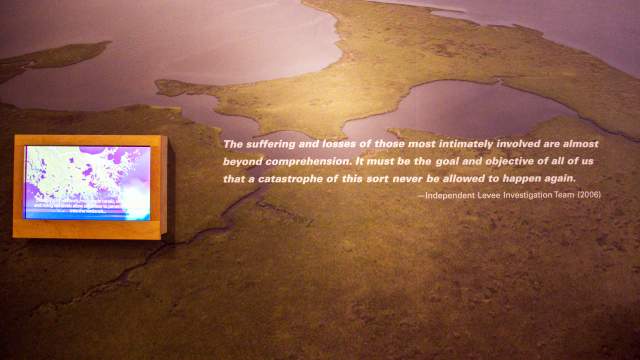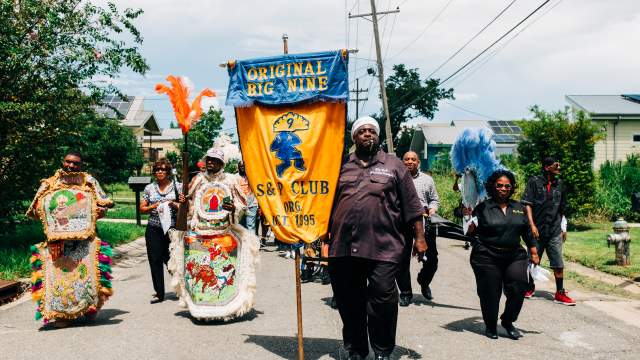History of Hurricane Katrina and Its Impact on New Orleans
Understanding the Impact of New Orleans’ Most Devastating Hurricane
Hurricane Katrina struck the Gulf Coast on August 29, 2005 as a Category 3 storm. At one point, the storm became a Category 5, but weakened before striking land. Upon making landfall, it had 120-140 mph winds and stretched 400 miles across the coast. The wind caused damage throughout the city, but it was the aftermath in particular that brought the most damage to the city of New Orleans.

New Orleans has an average elevation of six feet below sea level, which puts the city at risk for flooding during heavy rainstorms. The city is surrounded on all sides by the Mississippi River, Lake Pontchartrain, and Lake Borgne, as well as swampland. Because of this, levees and seawalls were built by the United States Army Corps of Engineers to protect the city. The greatest fear in storms was not the levee collapsing, but that a surge could cause the waters to rise above the levee.
Because of the threat of Hurricane Katrina, Mayor Ray Nagin issued a mandatory evacuation for the city of New Orleans. About 80 percent of the city evacuated, while 10,000 headed to the Superdome for shelter. Others decided to stay in their homes at their own risk. It was once the storm passed that the worst happened. The storm surge did in fact pressure the levees and drainage canals and breached over fifty times, causing widespread flooding to over 70 percent of New Orleans in the days following the storm’s landfall. The areas with the most flooding included the Ninth Ward, Lakeview, and St. Bernard Parish, although there was some degree of flooding in almost every neighborhood..
The federal government stalled with assistance for days–being unclear of how bad the damage was and how many people needed help. The Coast Guard began rescuing people that were stranded on their roofs and inside their homes via helicopter and boat. Many New Orleans citizens that had access to boats also helped get people out. 15,000 more people headed to the Superdome, where supplies and food were running out–bringing the headcount to 25,000 people inside the space. The roof began to leak and the environment became unsafe, which lead to an evacuation of the shelter space. Thousands also headed to the Convention Center, hoping to find help, but just found others displaced with no food or medical supplies. Hospitals had no power and needed to get their patients out as well. Meanwhile, looting was also occurring throughout the city, which added to the increasingly chaotic atmosphere. National outreach and fundraising began, as the city sat underwater for weeks.

Hundreds of thousands of people were displaced from the storm and $125 billion in damage was needed. The death toll reached over 1,500 in Louisiana alone. The city vowed to rebuild, and did just that. Today, the city is stronger than ever, and every year, we remember the anniversary of Katrina, honoring the lives lost, and the first responders and volunteers who stepped up during some of the city and region’s darkest hours.
